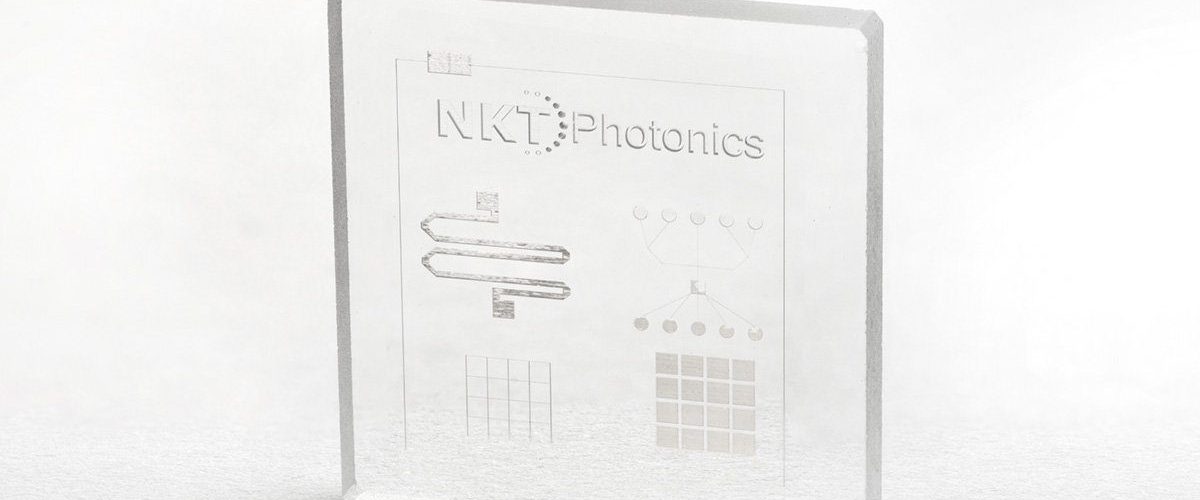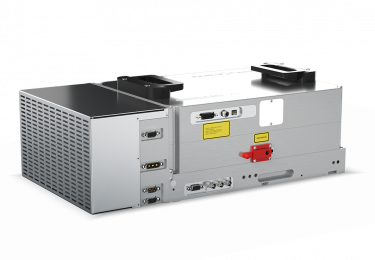
For biomedical applications, laser micromachining of glass is in high demand – particularly to create lab-on-a-chip or microfluidic chips.
One of the biggest challenges when making lab-on-a-chip is to machine the high-precision pipes, vessels, and valves inside the glass chip.
Micromachining of very small features in glass is difficult due to its brittleness and transparency. With conventional tools, it is practically impossible. However, ultrafast lasers can do the job. When the pulse duration is below some tens of picoseconds, the laser-material interaction enters the cold ablation regime and the machining quality and precision become very high.
Lab-on-a-chip enables faster diagnoses
The lab-on-a-chip technology is expected to become an important diagnostic tool. These miniaturized devices allow healthcare providers to perform a range of diagnostic tests with very small quantities of reagents and test specimens. Due to their portability, tests can be performed in the field, away from laboratory environments.
High-power ultrafast laser pulses cut through glass
Conventional micro-manufacturing fabrication methods, such as lithography, imprinting, and soft lithography, have been used for the preparation of microfluidic chips. However, these methods face challenges to achieve complex microfluidic chips with multifunction integration as they require many steps and are costly.

Tightly focused femtosecond laser pulses can produce general microfluidic chips with multifunctional features, cost-effectively.
The ultra-short pulse width provides the incredible peak power needed for surface and internal bulk material modification for scribing – even in transparent materials.

Ultrafast lasers ensure high precision and quality
By utilizing the laser’s highly spatial selectivity, it is possible to precisely set the interaction region at a specifically localized area of the material. This enables a very high-resolution patterning and sculpturing of complex three-dimensional shapes at micro-scales in transparent materials.
The energy delivered by an ultrashort pulse is at a time scale shorter than electron-phonon coupling processes. The ultrashort pulse width suppresses the formation of the heat-affected zone, allowing laser processing with high precision and resolution through a cold ablation regime with unrivalled process reliability.


Summary
The ultrashort pulses delivered by NKT Photonics’ ultrafast laser range is well-suited for producing lab-on-a-chip devices.
We recommend our ORIGAMI XP for laser processing of glass and other transparent materials.

The Origami XP is the first all-in-one, single-box, microjoule femtosecond laser on the market. The laser head, controller and air-cooling system are all integrated in one small and robust package, with a footprint so small it even fits into a hand-luggage!
The ORIGAMI system is based on a compact monolithic chirped pulse amplification platform capable of delivering up to 70 μJ pulse energy at 1030 nm, a 5 W average power, and a pulse duration below 400 fs.


